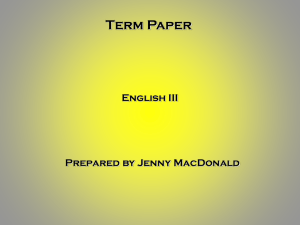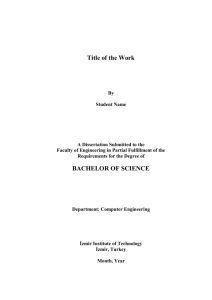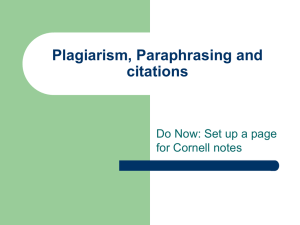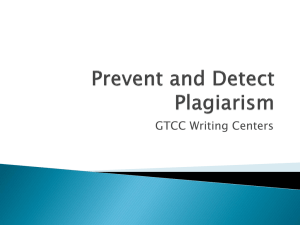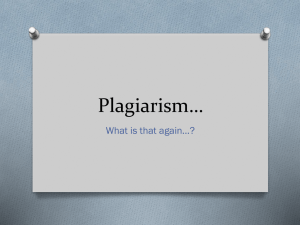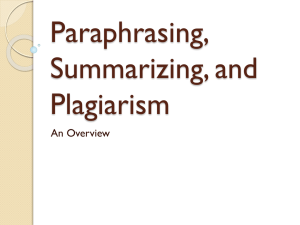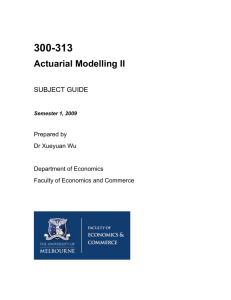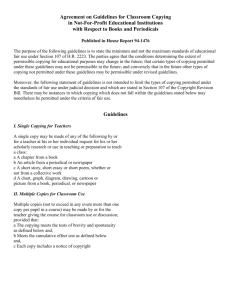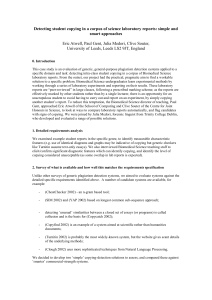EE464 COURSE POLICY STATEMENT
advertisement
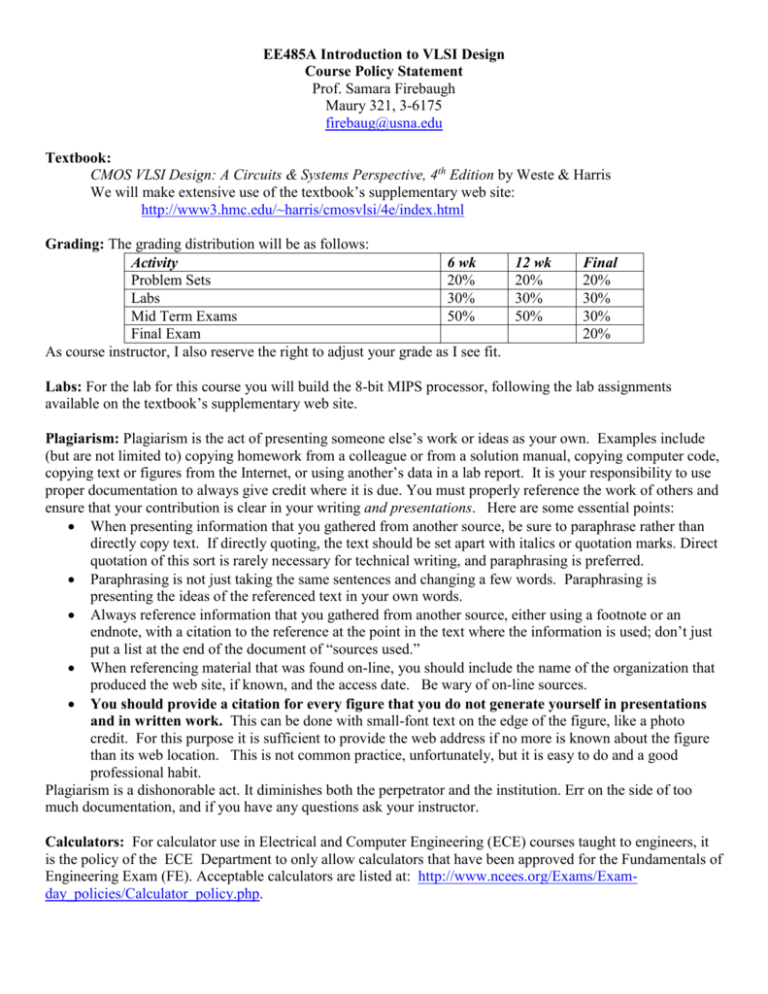
EE485A Introduction to VLSI Design Course Policy Statement Prof. Samara Firebaugh Maury 321, 3-6175 firebaug@usna.edu Textbook: CMOS VLSI Design: A Circuits & Systems Perspective, 4th Edition by Weste & Harris We will make extensive use of the textbook’s supplementary web site: http://www3.hmc.edu/~harris/cmosvlsi/4e/index.html Grading: The grading distribution will be as follows: Activity 6 wk Problem Sets 20% Labs 30% Mid Term Exams 50% Final Exam As course instructor, I also reserve the right to adjust your grade as I see fit. 12 wk 20% 30% 50% Final 20% 30% 30% 20% Labs: For the lab for this course you will build the 8-bit MIPS processor, following the lab assignments available on the textbook’s supplementary web site. Plagiarism: Plagiarism is the act of presenting someone else’s work or ideas as your own. Examples include (but are not limited to) copying homework from a colleague or from a solution manual, copying computer code, copying text or figures from the Internet, or using another’s data in a lab report. It is your responsibility to use proper documentation to always give credit where it is due. You must properly reference the work of others and ensure that your contribution is clear in your writing and presentations. Here are some essential points: When presenting information that you gathered from another source, be sure to paraphrase rather than directly copy text. If directly quoting, the text should be set apart with italics or quotation marks. Direct quotation of this sort is rarely necessary for technical writing, and paraphrasing is preferred. Paraphrasing is not just taking the same sentences and changing a few words. Paraphrasing is presenting the ideas of the referenced text in your own words. Always reference information that you gathered from another source, either using a footnote or an endnote, with a citation to the reference at the point in the text where the information is used; don’t just put a list at the end of the document of “sources used.” When referencing material that was found on-line, you should include the name of the organization that produced the web site, if known, and the access date. Be wary of on-line sources. You should provide a citation for every figure that you do not generate yourself in presentations and in written work. This can be done with small-font text on the edge of the figure, like a photo credit. For this purpose it is sufficient to provide the web address if no more is known about the figure than its web location. This is not common practice, unfortunately, but it is easy to do and a good professional habit. Plagiarism is a dishonorable act. It diminishes both the perpetrator and the institution. Err on the side of too much documentation, and if you have any questions ask your instructor. Calculators: For calculator use in Electrical and Computer Engineering (ECE) courses taught to engineers, it is the policy of the ECE Department to only allow calculators that have been approved for the Fundamentals of Engineering Exam (FE). Acceptable calculators are listed at: http://www.ncees.org/Exams/Examday_policies/Calculator_policy.php.

